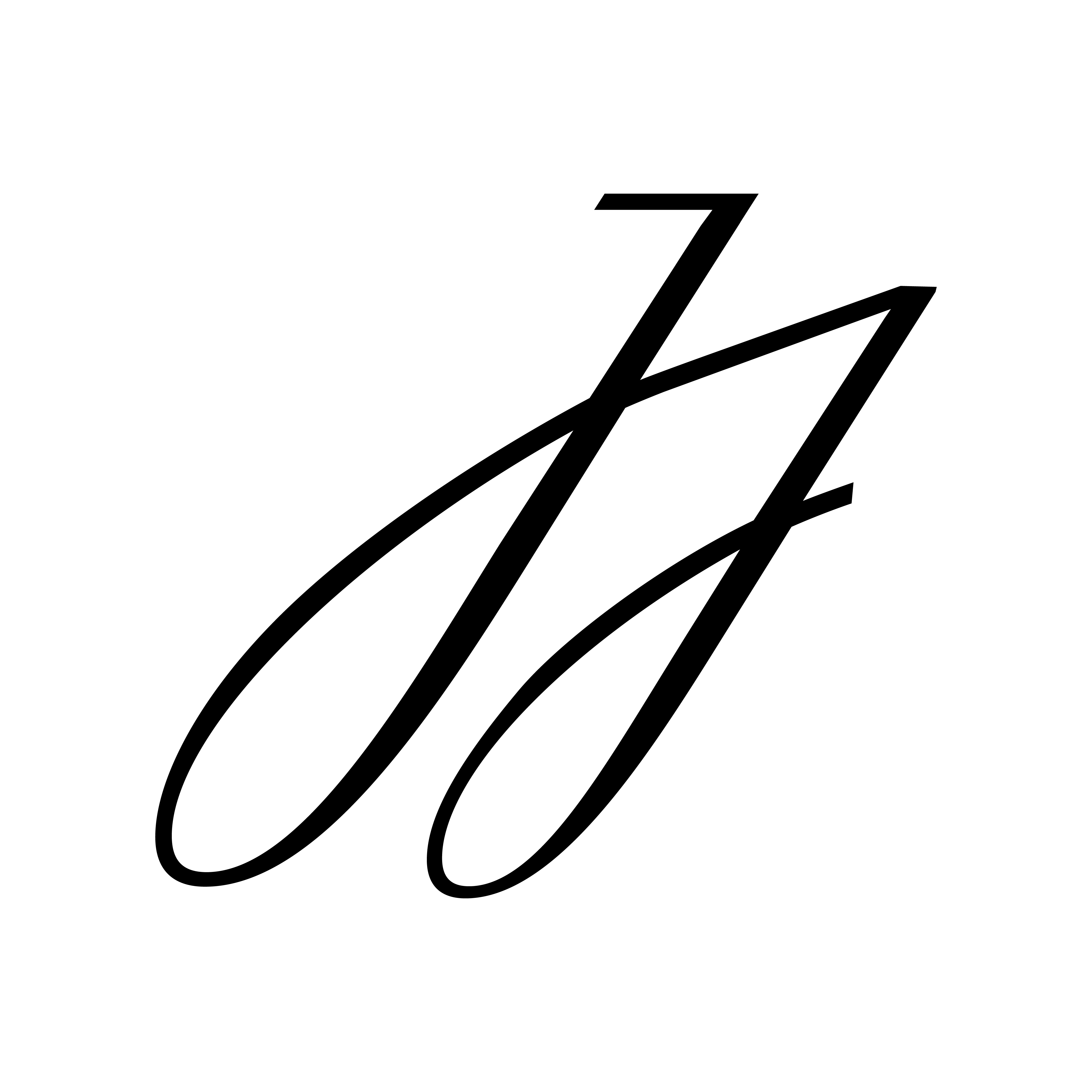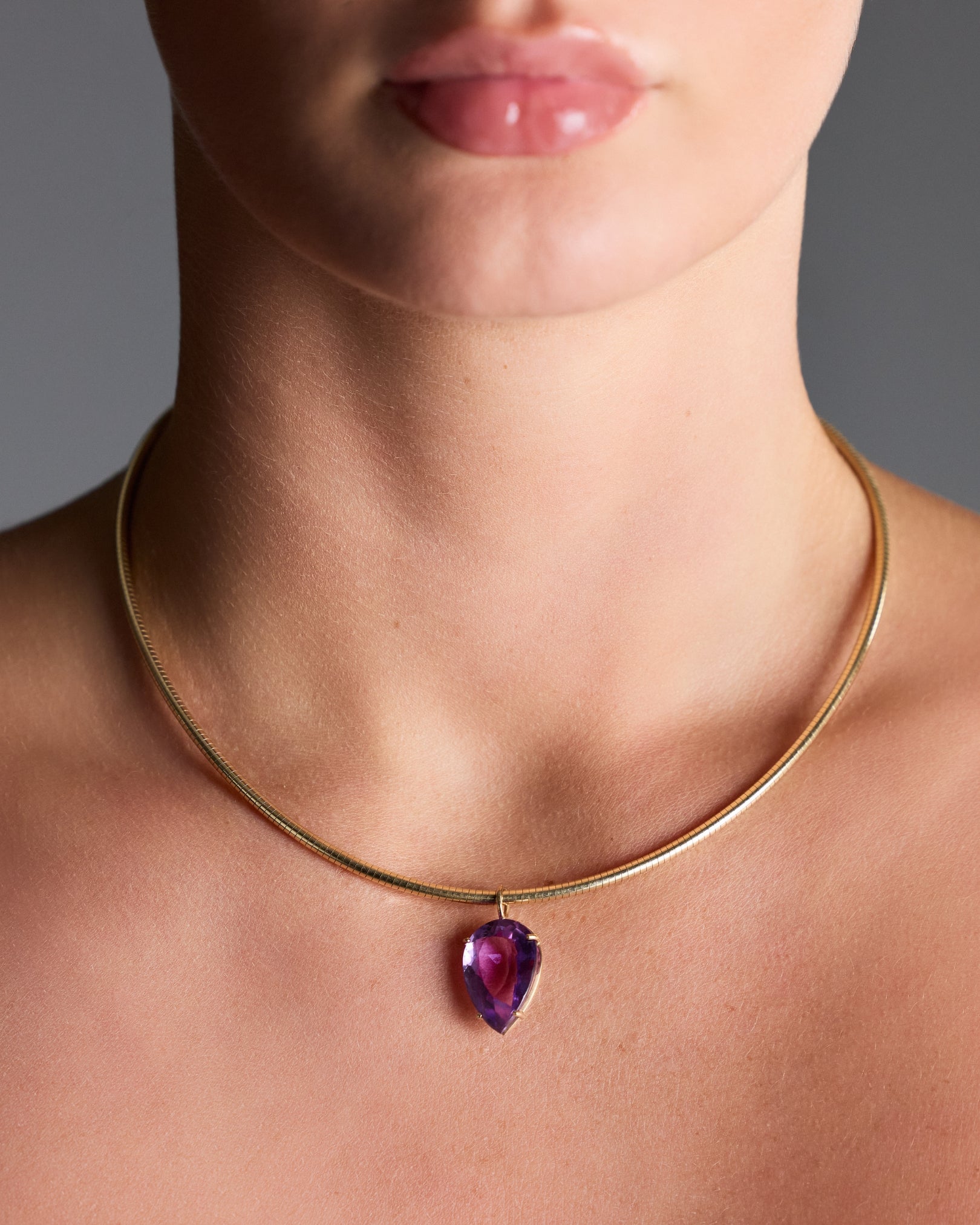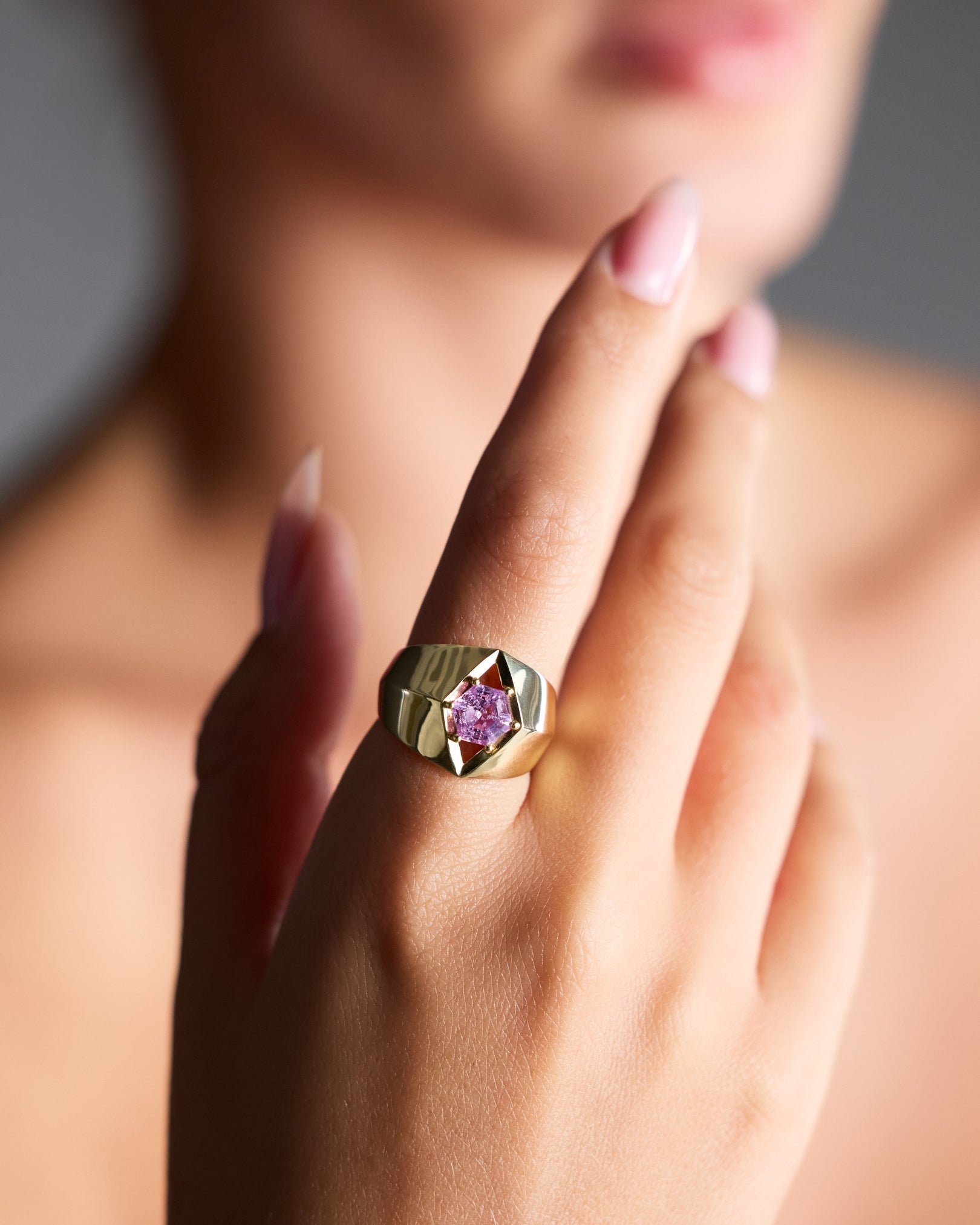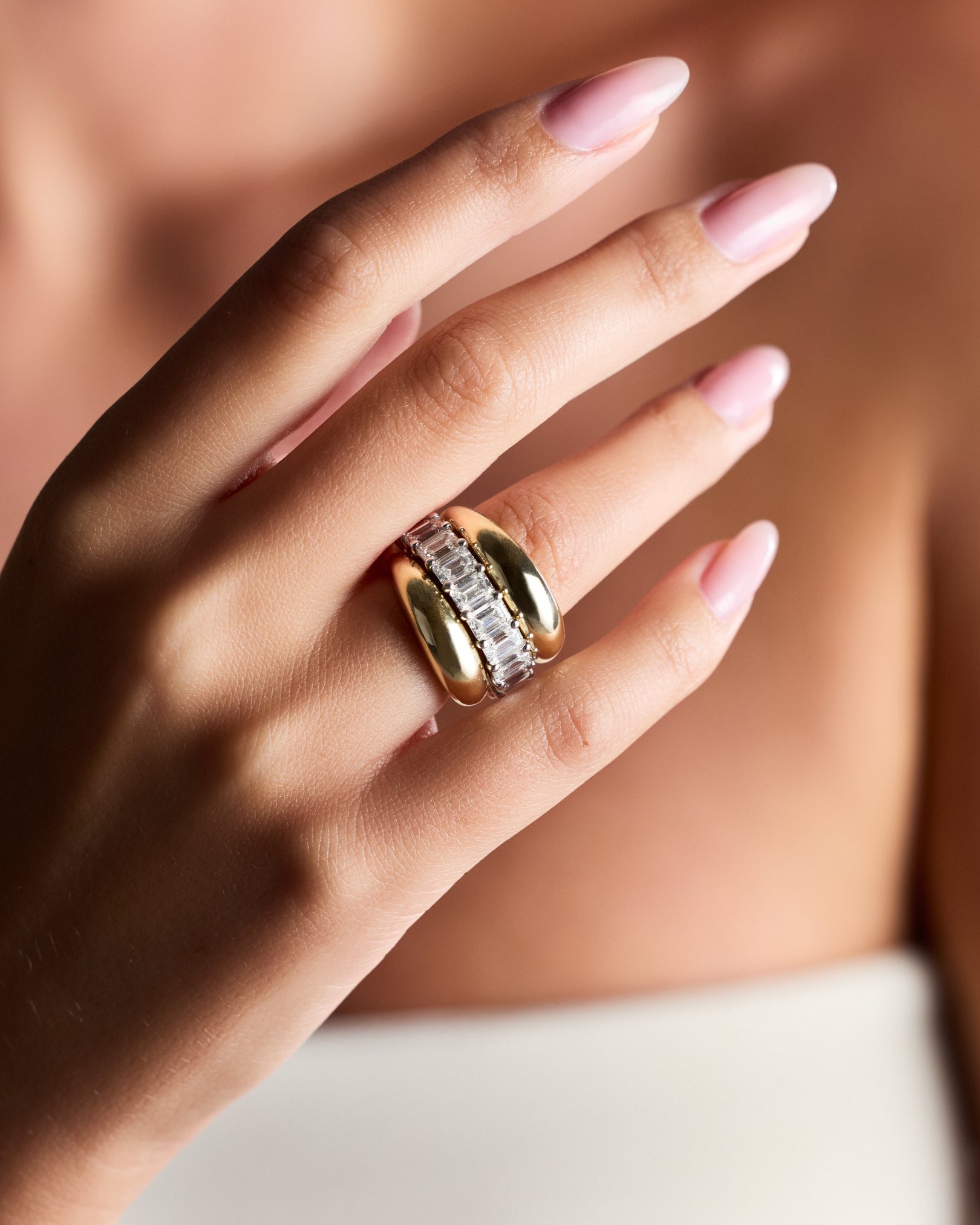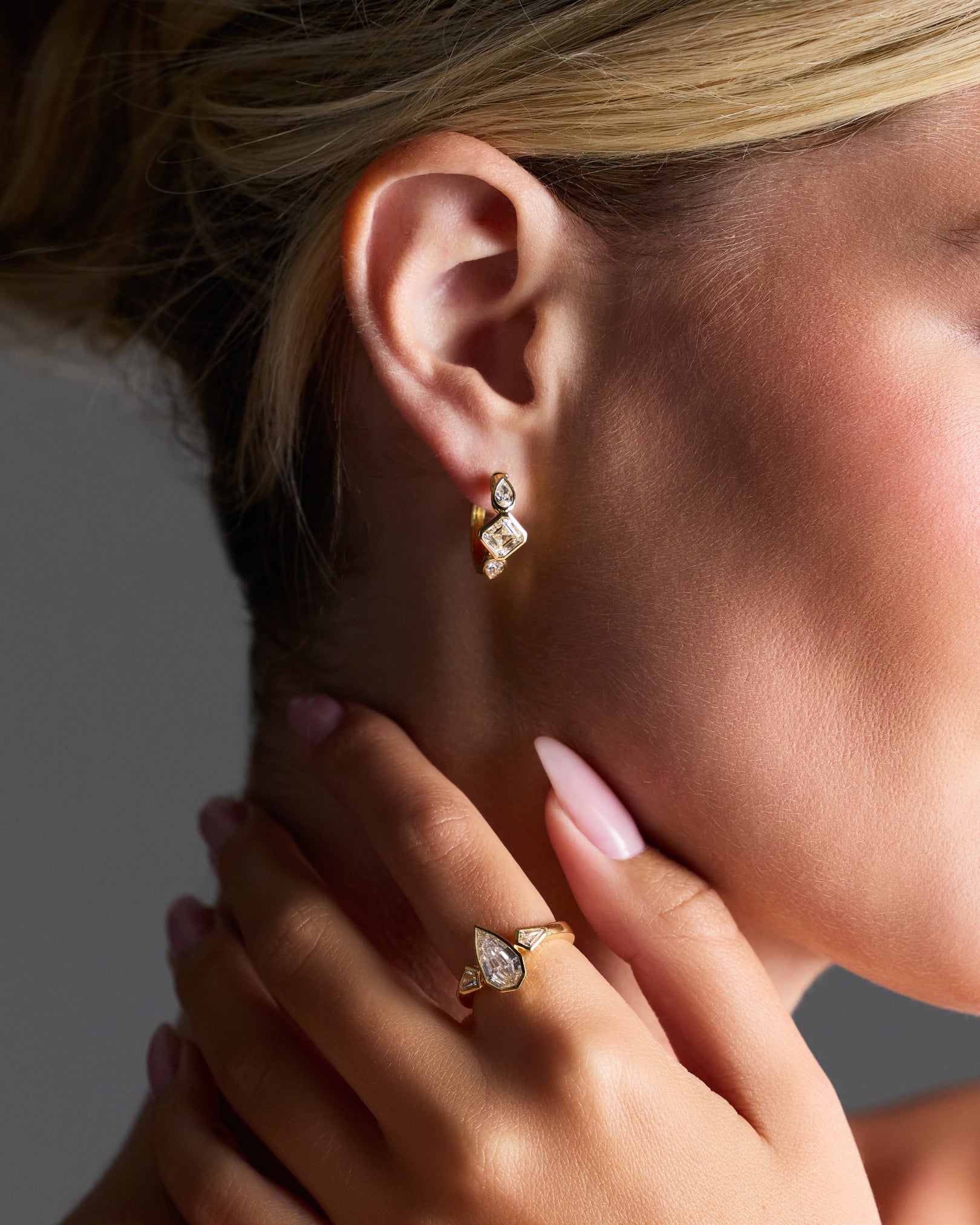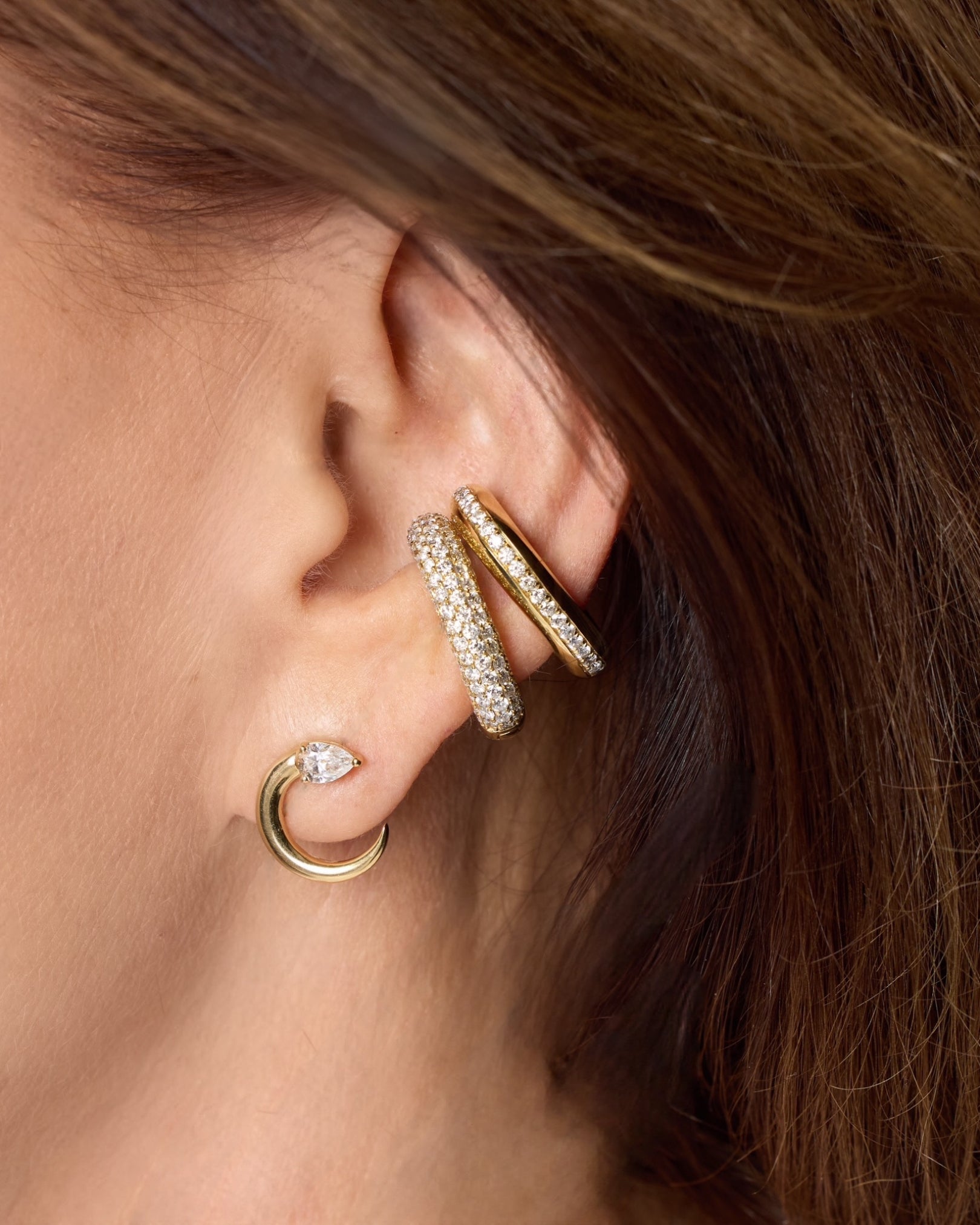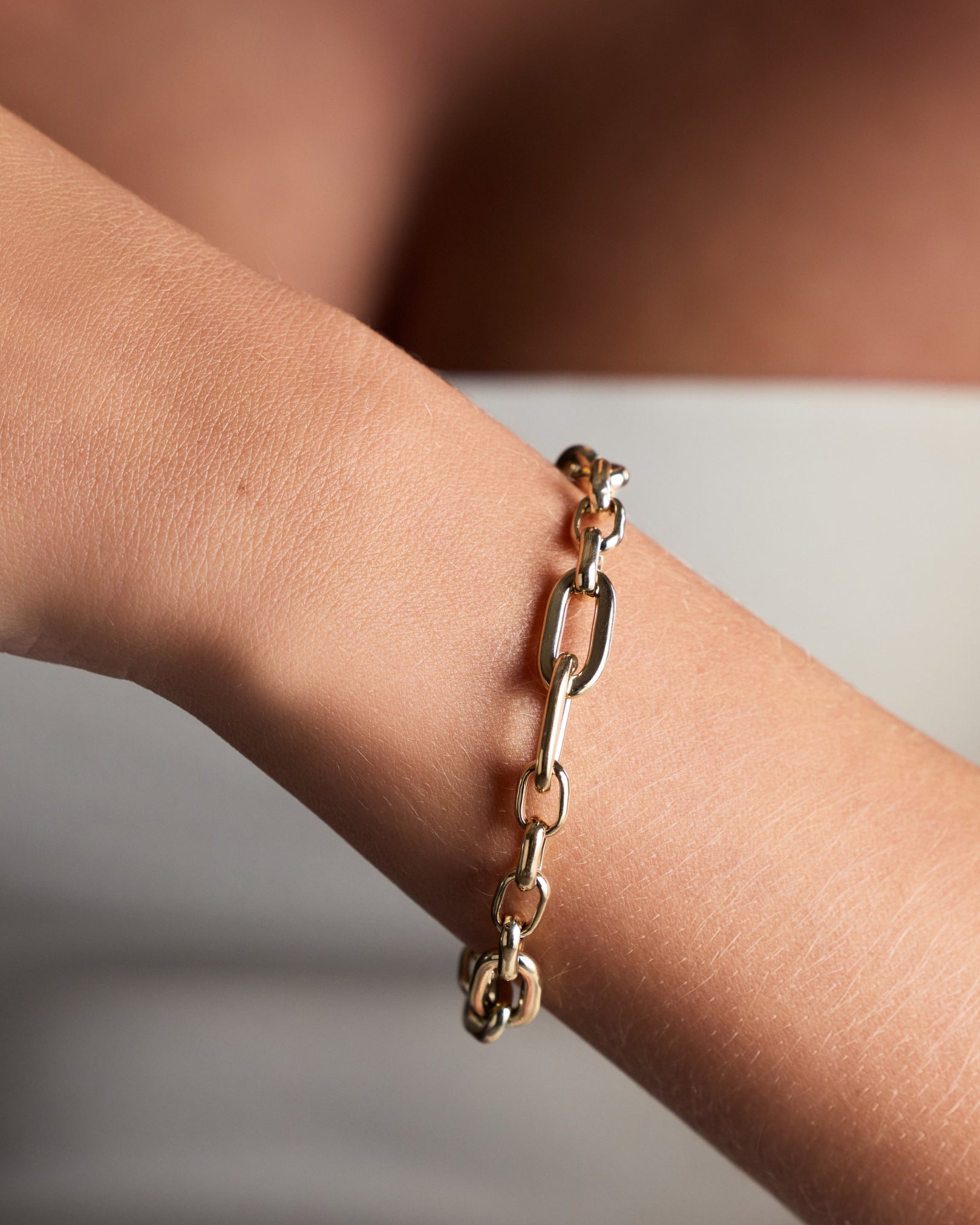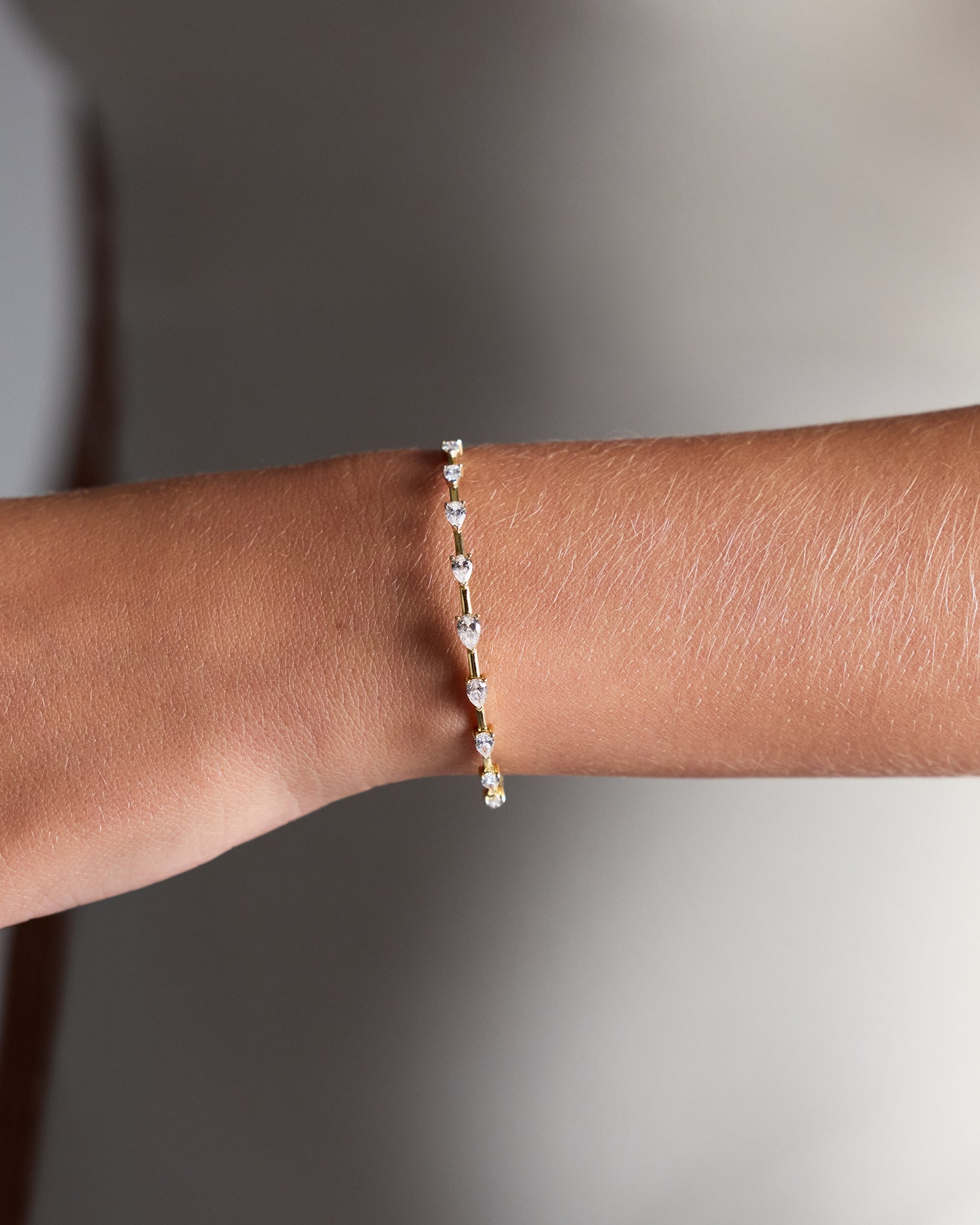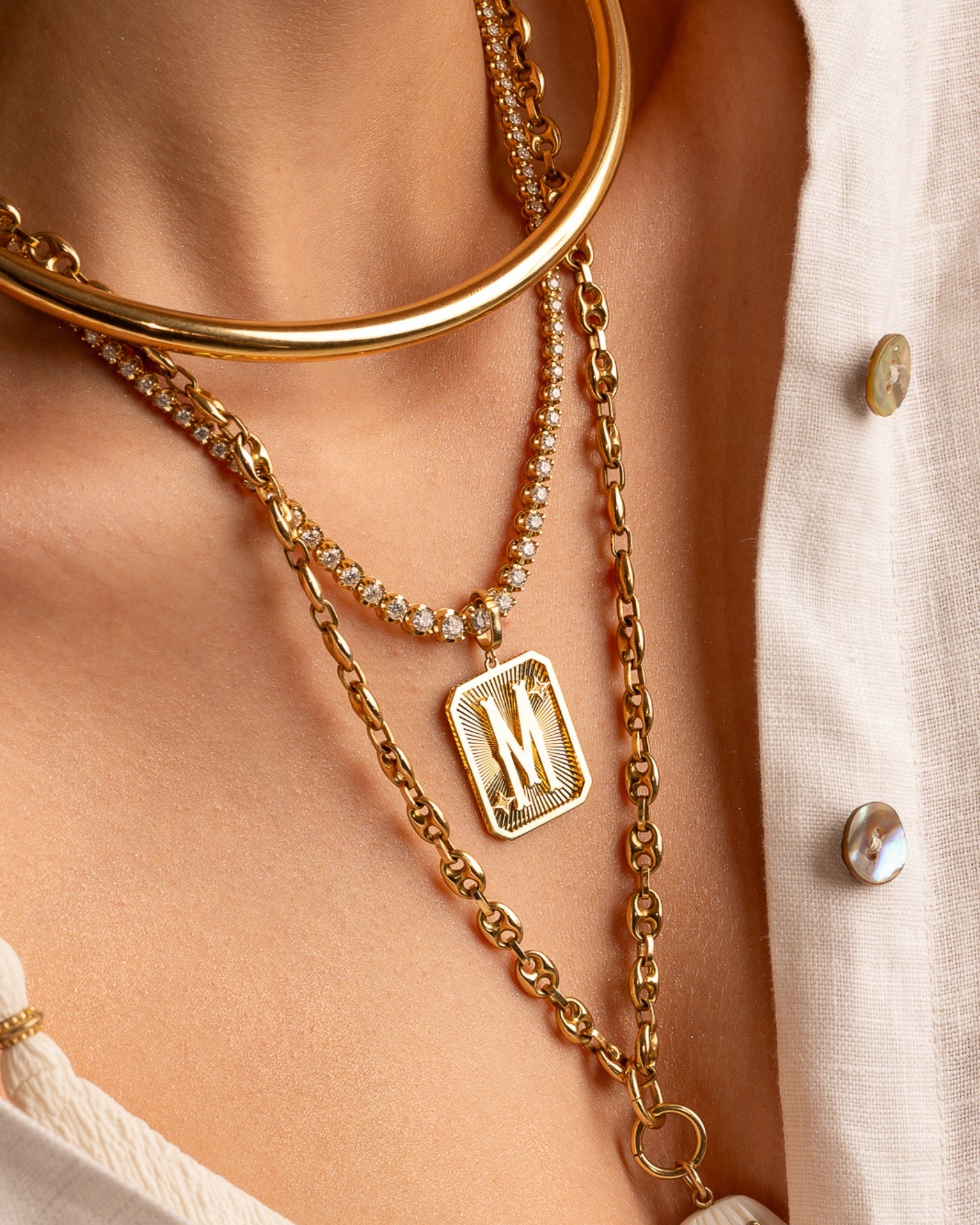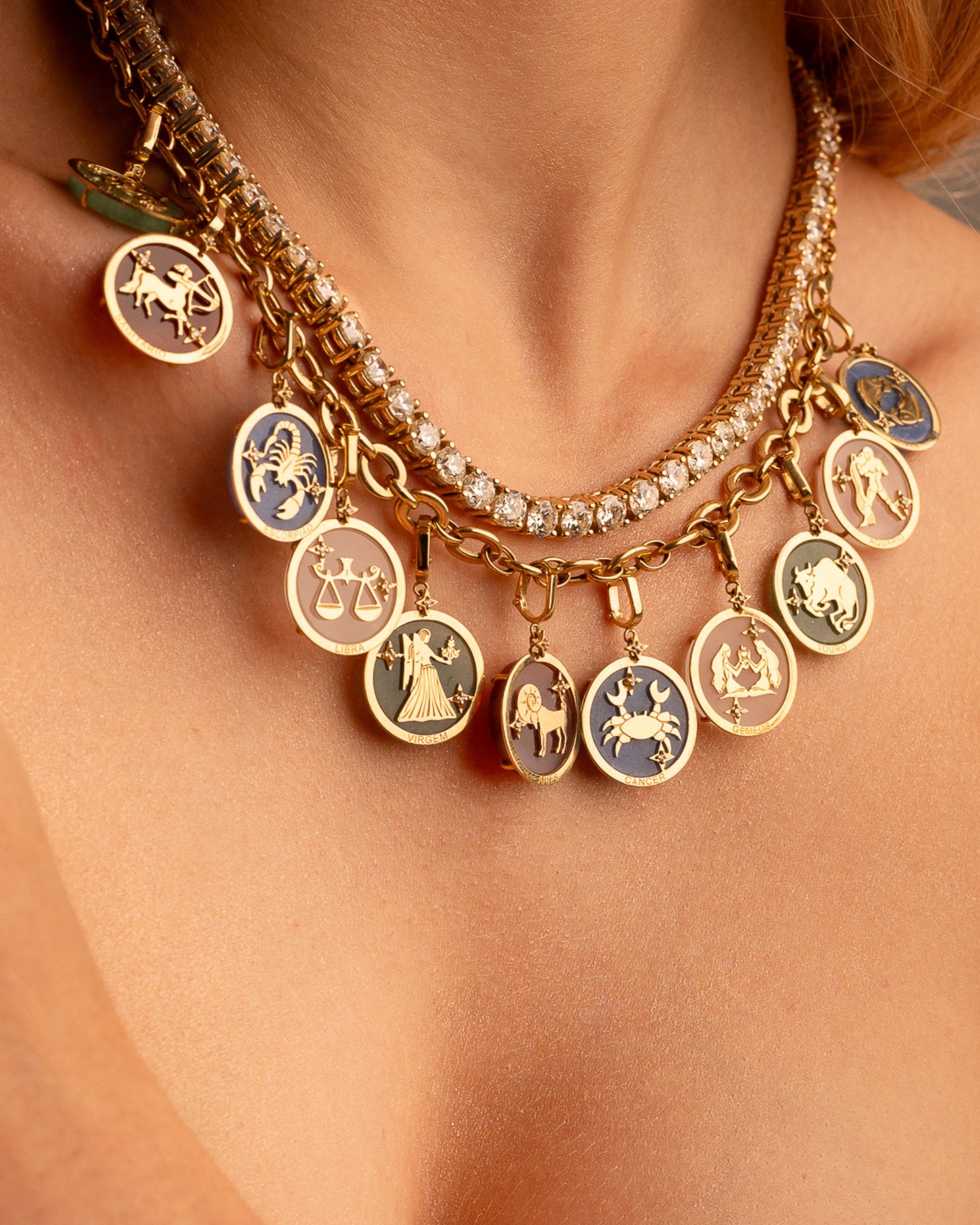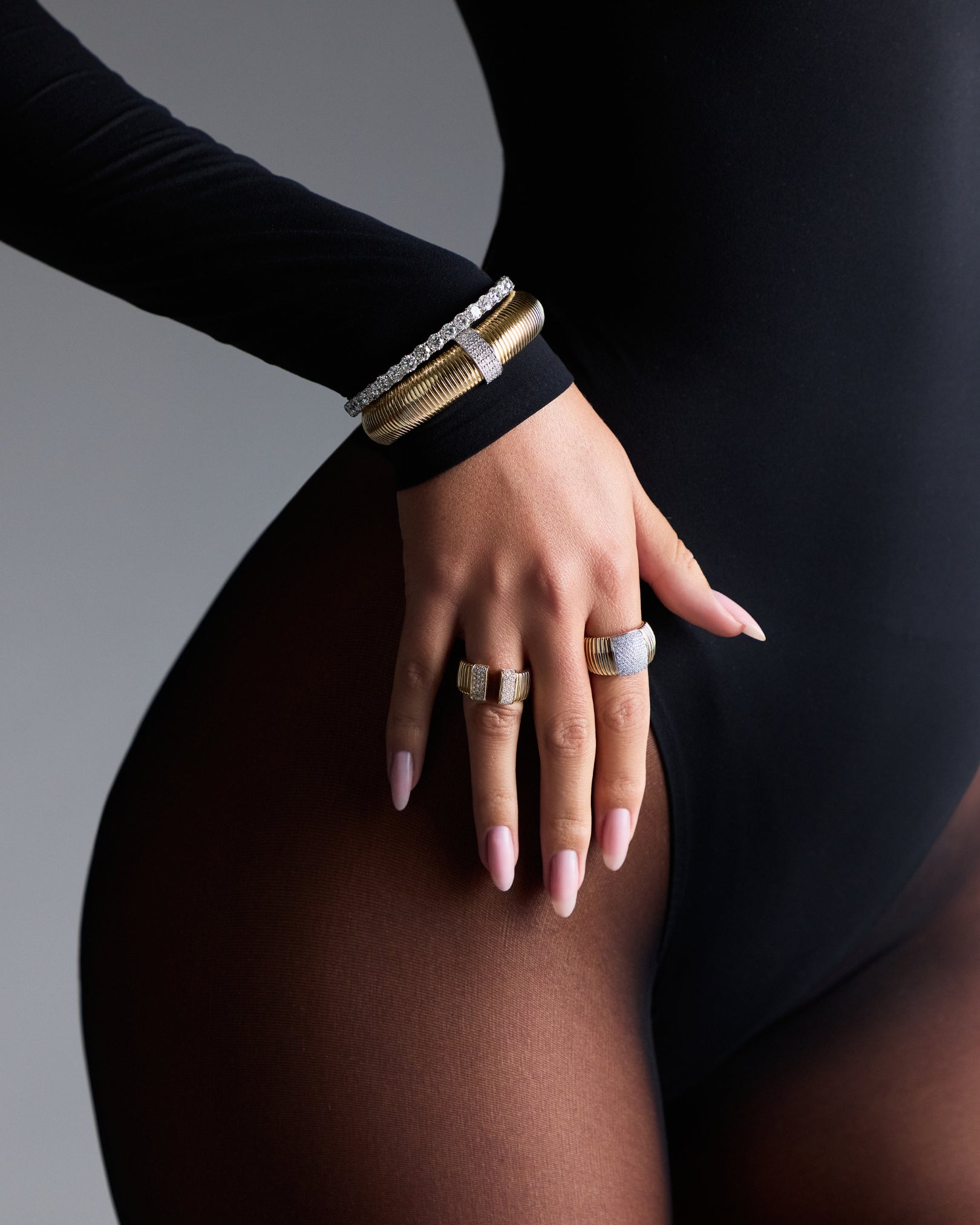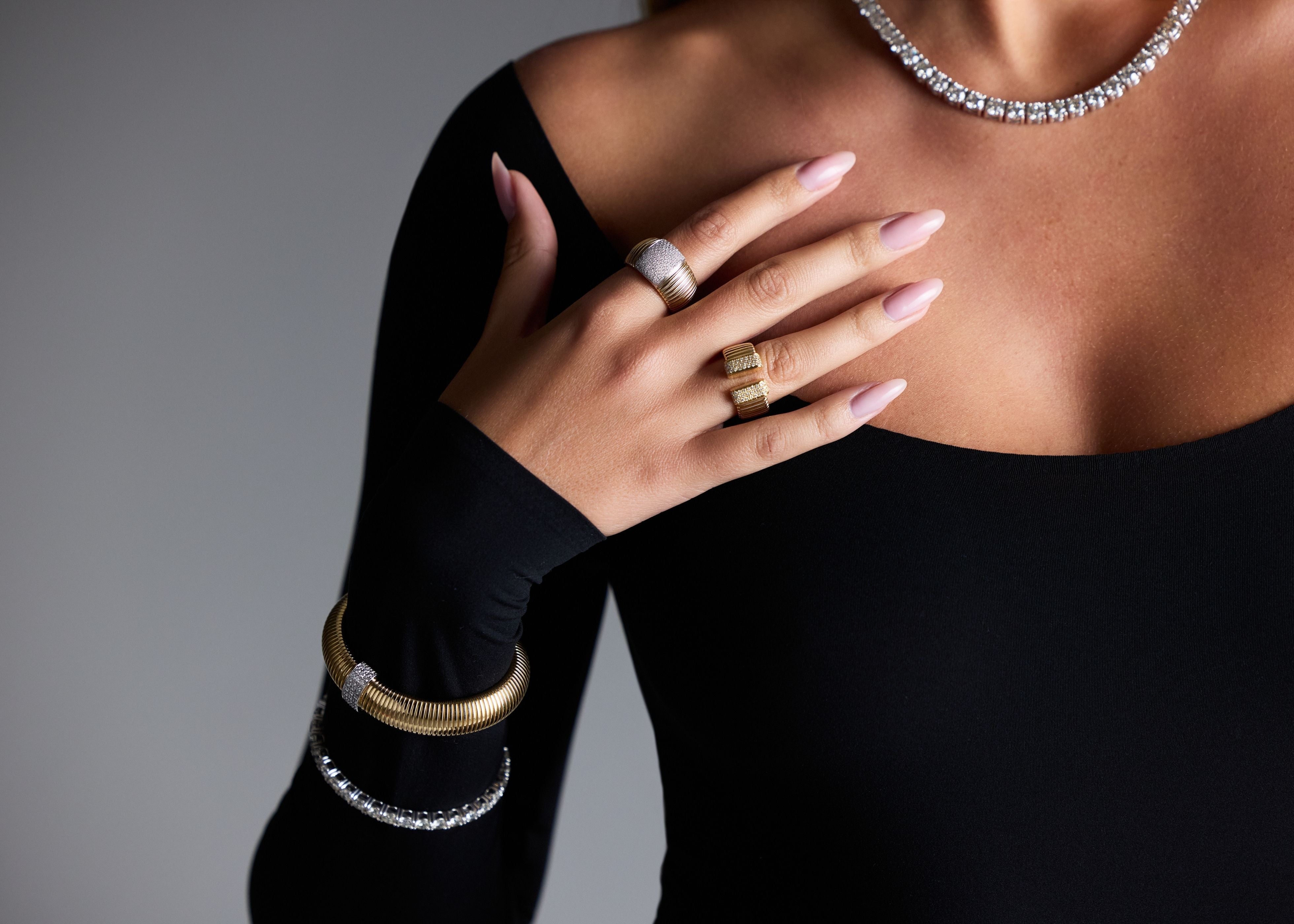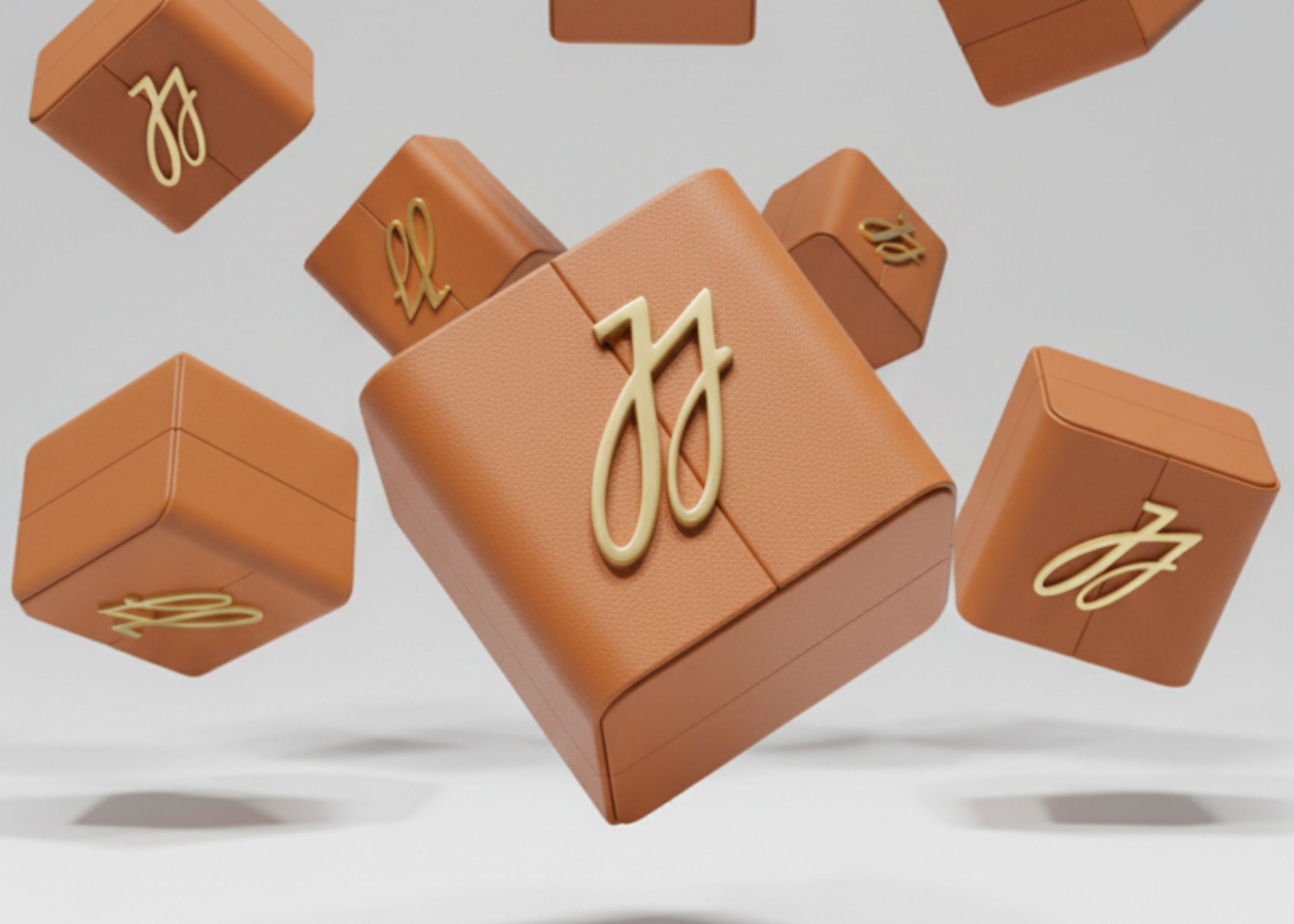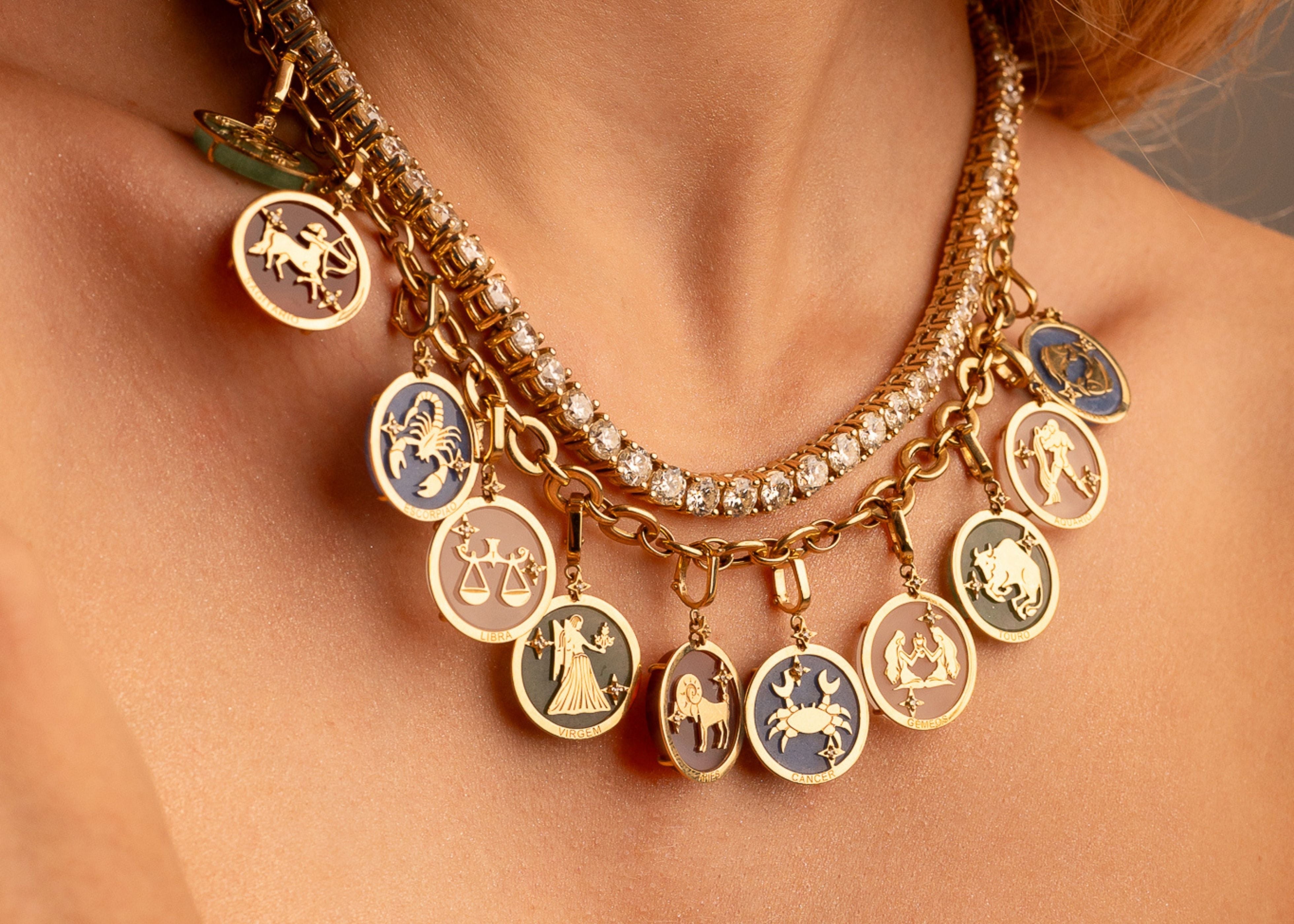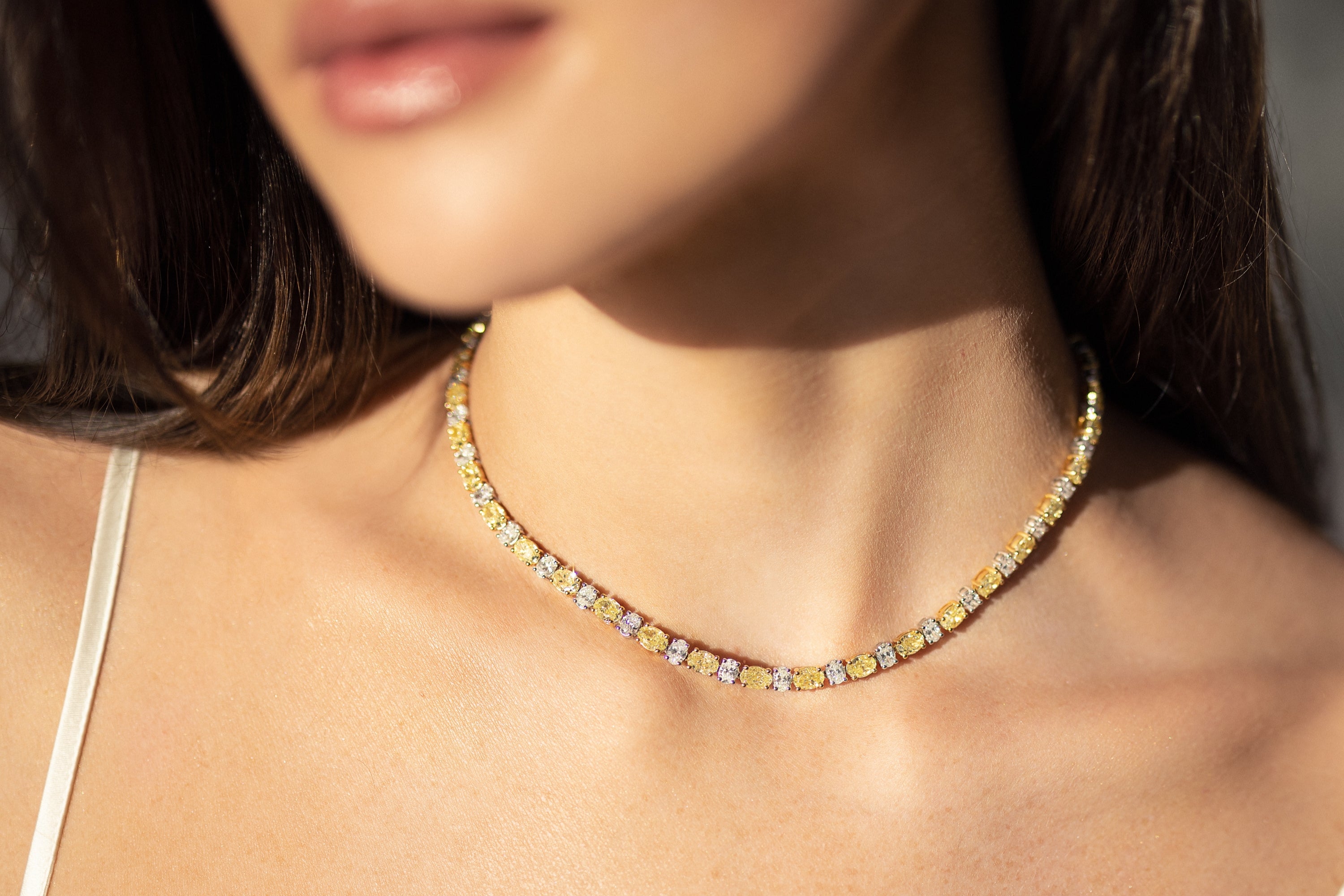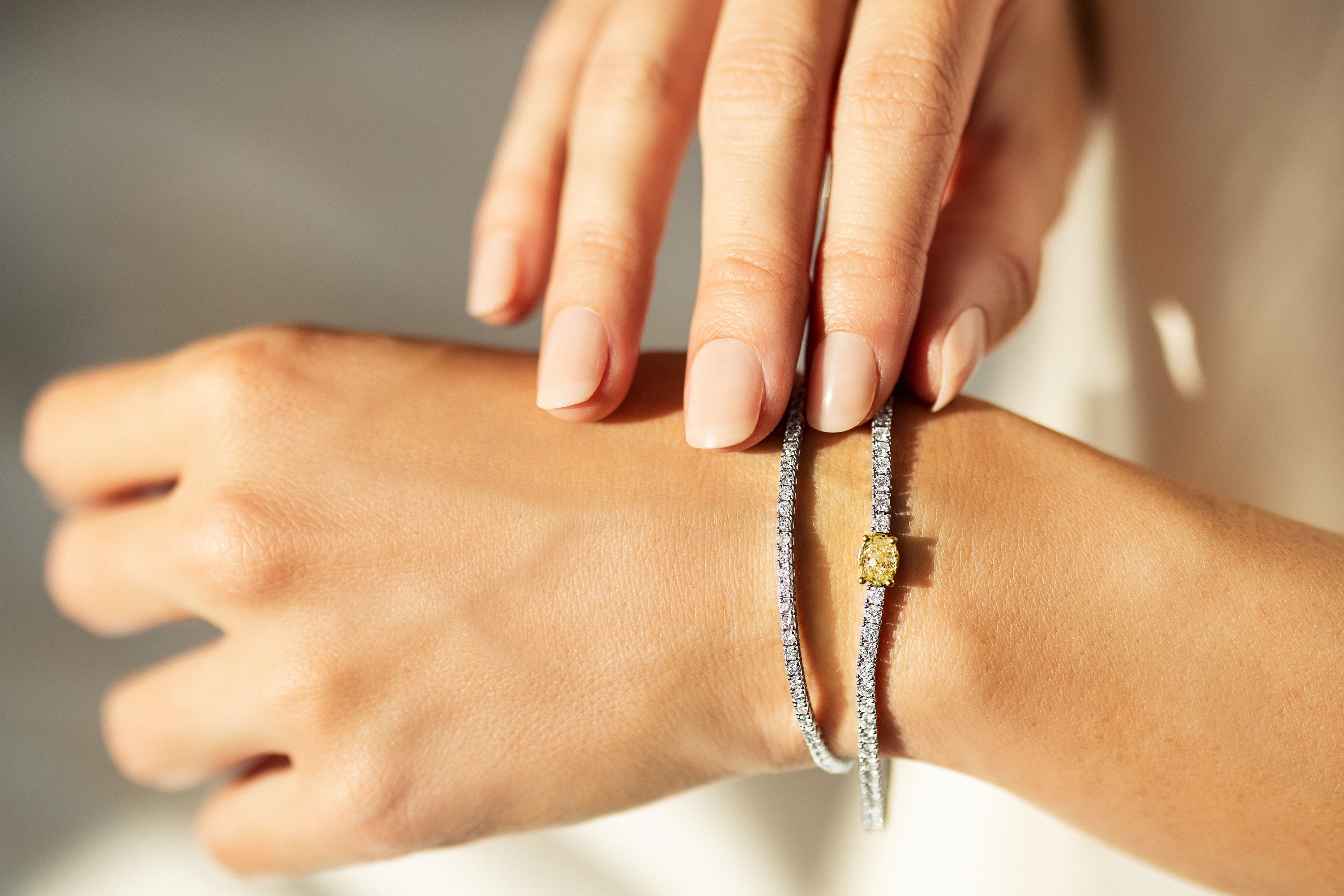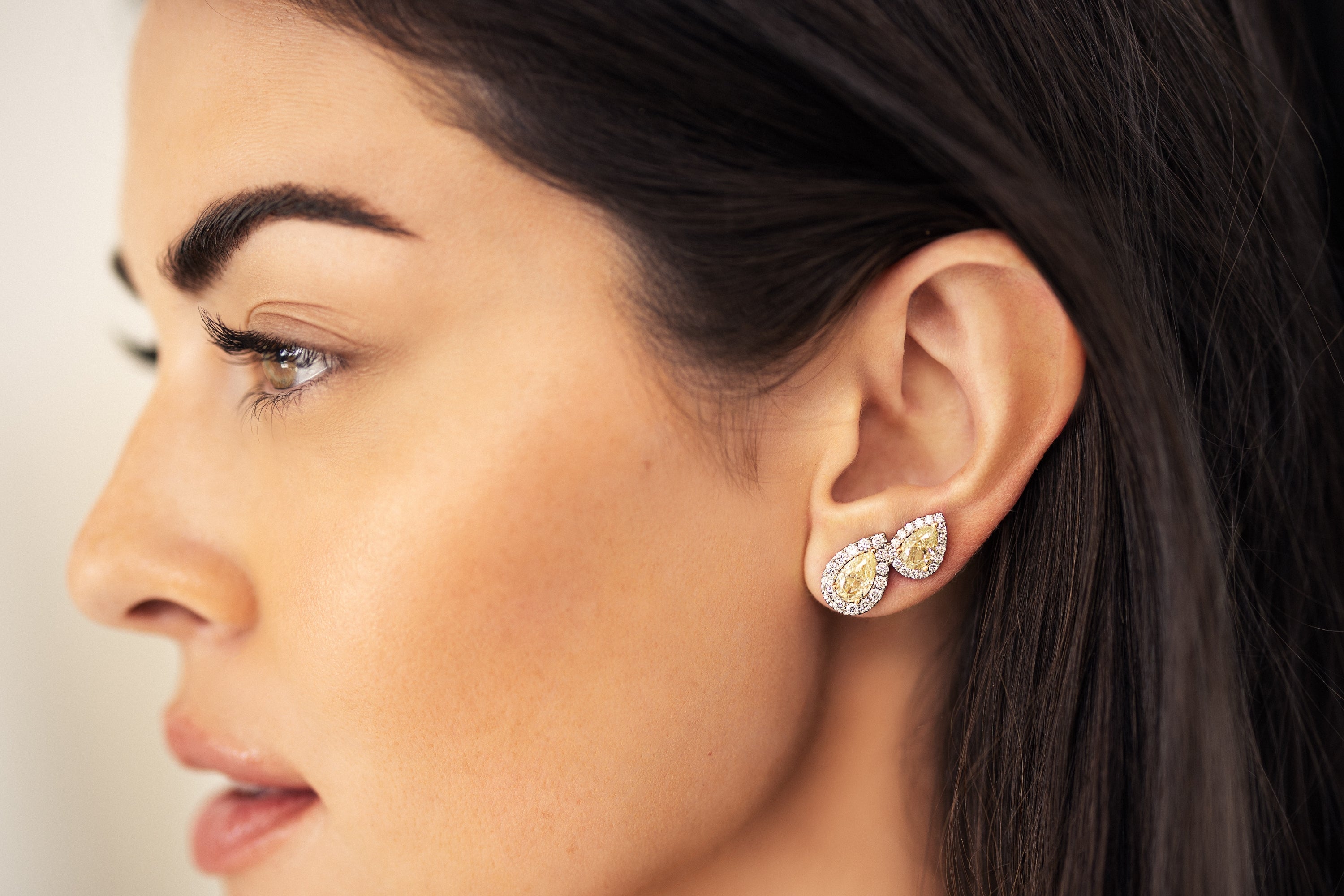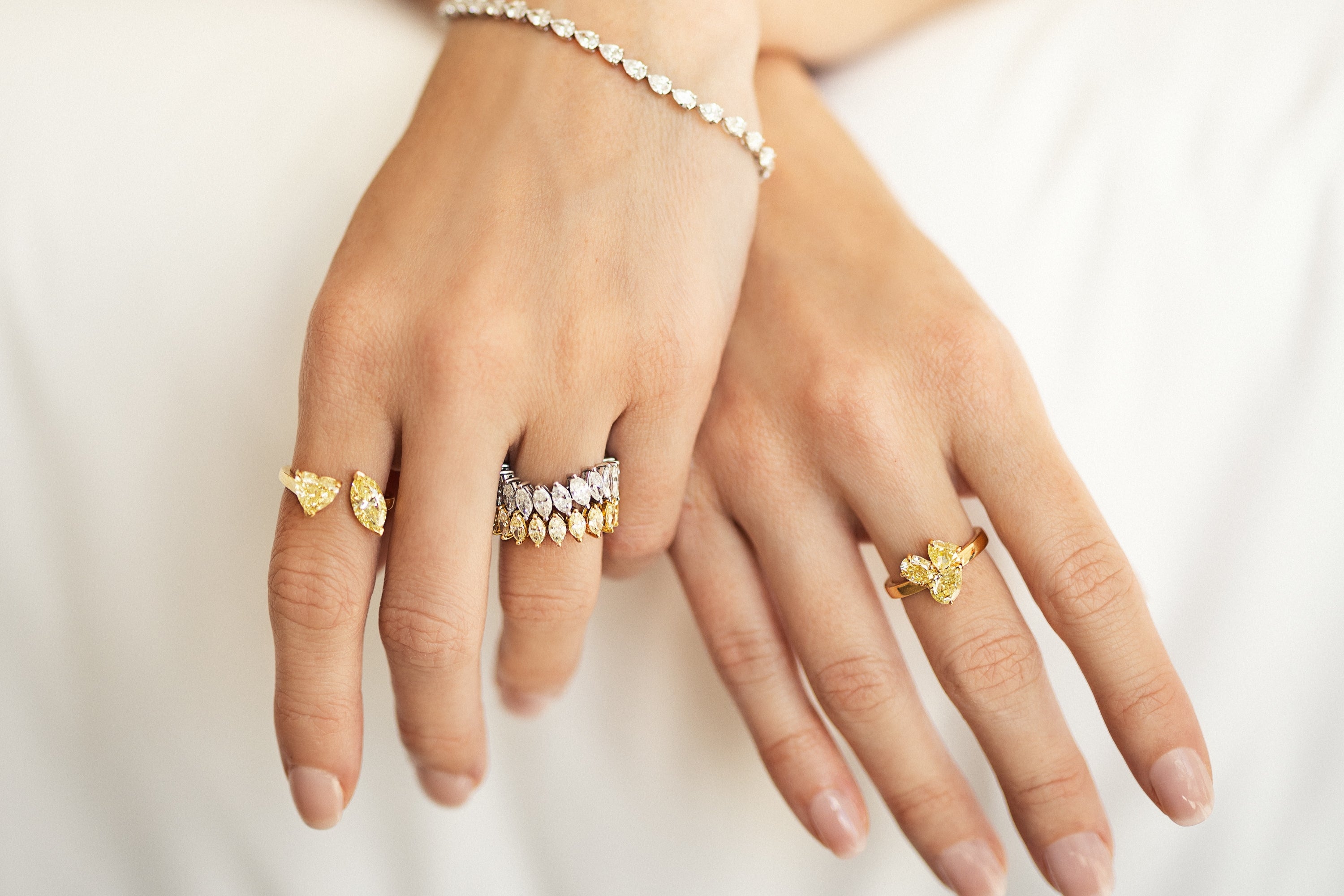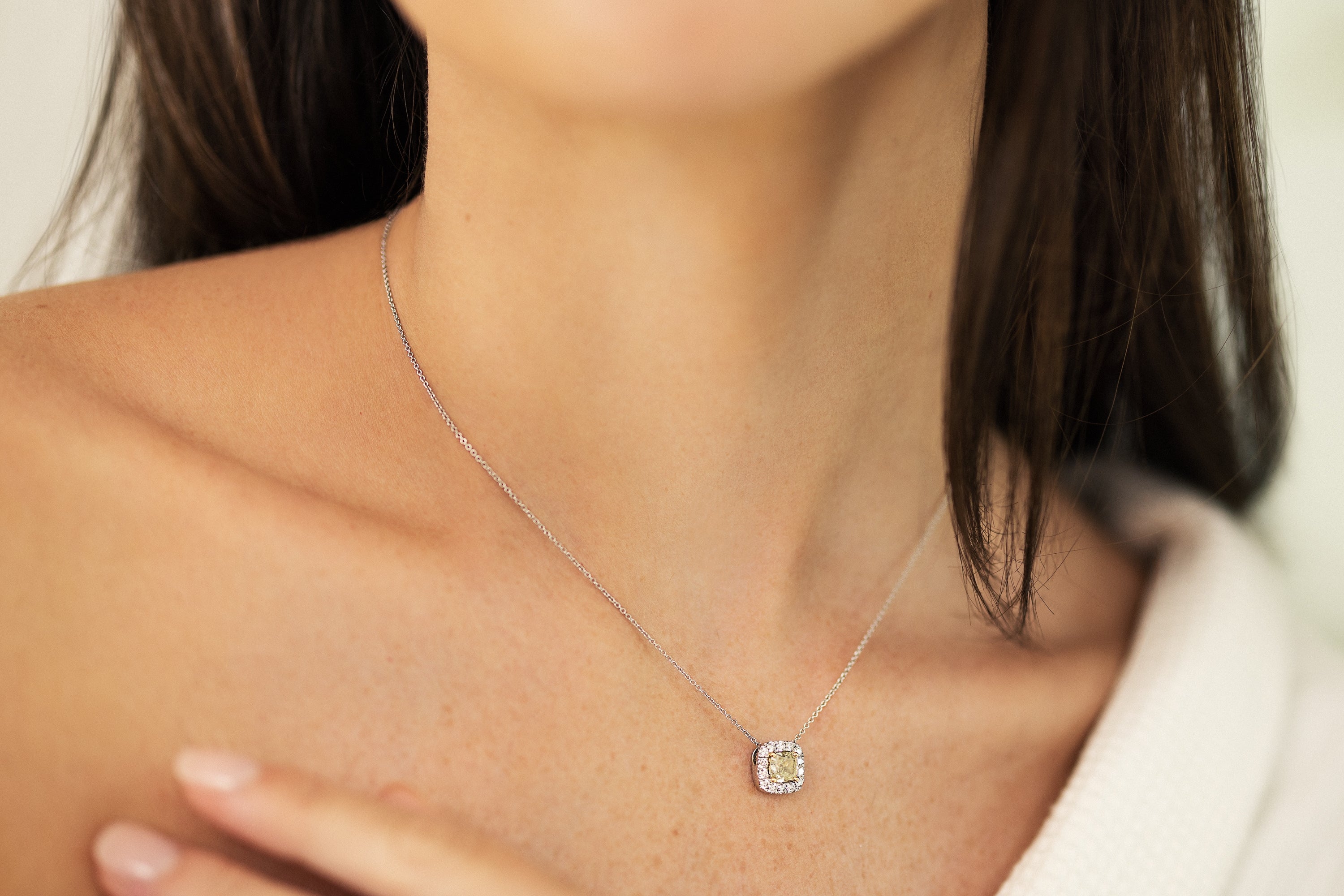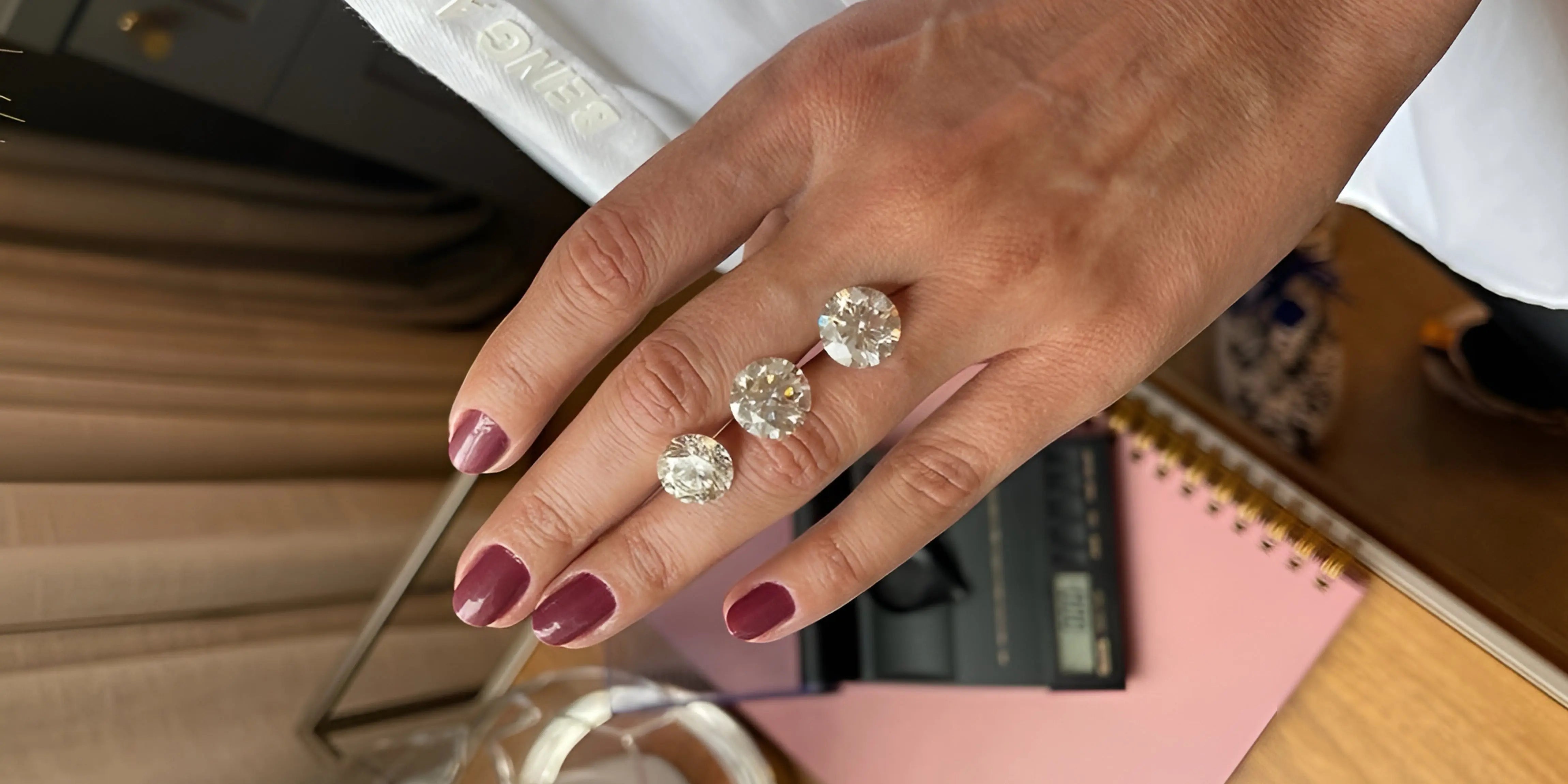
Understanding the 4 C's: Your Guide to Choosing the Perfect Diamond
Understanding the 4 C's of Diamonds
When it comes to selecting the perfect diamond, understanding the 4 C's is essential for making an informed purchase. The 4 C's—Cut, Color, Clarity, and Carat weight—are the key factors that determine a diamond's quality and value. Whether you're shopping for an engagement ring or a special piece of jewelry, knowing these characteristics will help you choose a diamond that fits your vision and budget. Let’s dive into each of the 4 C’s.
Cut
Color

Clarity
Clarity measures a diamond’s purity by assessing the presence of inclusions or blemishes. Rated from Flawless to Included, clarity gives each diamond its unique character. The grade depends on the number, size, and location of imperfections that occur naturally during diamond formation, and these tiny flaws are often microscopic, making them hardly visible to the naked eye. When choosing a diamond, it's essential to consider whether you’re comfortable with its imperfections. It's best to evaluate clarity with the naked eye first and then under magnification. Most diamonds, once set in jewelry, are viewed without a loop, so we encourage buyers to base their choices on how the diamond looks at first glance.
For a Brilliant cut diamond, we recommend a clarity grade of VS2 or higher, whereas for a Step cut diamond, VS1 or above is advisable. If a stone appears “eye clean,” meaning no imperfections are visible without magnification, you can find great value in an SI1 or even SI2 quality stone. Embrace the uniqueness of your diamond — just like you, no two are exactly the same!

Carat Weight
Carat weight measures a diamond's size, with one carat equal to 0.2 grams. While larger diamonds are often more impressive, keep in mind that a smaller diamond with an Exceptional cut can sparkle just as brightly, if not more so, than a larger diamond with a lower cut grade. Find a size that feels right for you and fits your style—that’s the true magic!
Each carat is divided into 100 “points,” so a half-carat diamond is called a “50 point diamond.” Generally, the price goes up with carat weight because larger diamonds are rarer and harder to find.
When choosing a diamond, use carat weight as a guideline, but don't let it be the only factor. The actual size a diamond appears also depends on its measurements and shape. Focus on what you love, and you’ll find the perfect piece!

Understanding the 4 C’s—Cut, Color, Clarity, and Carat weight—empowers you to make informed choices when selecting a diamond. Invest time in learning about these characteristics to find a piece that you will love and cherish for a lifetime. Remember, the perfect diamond is not just about size but also about how well all four elements work together to create a truly beautiful gem. Happy jewelry shopping!
